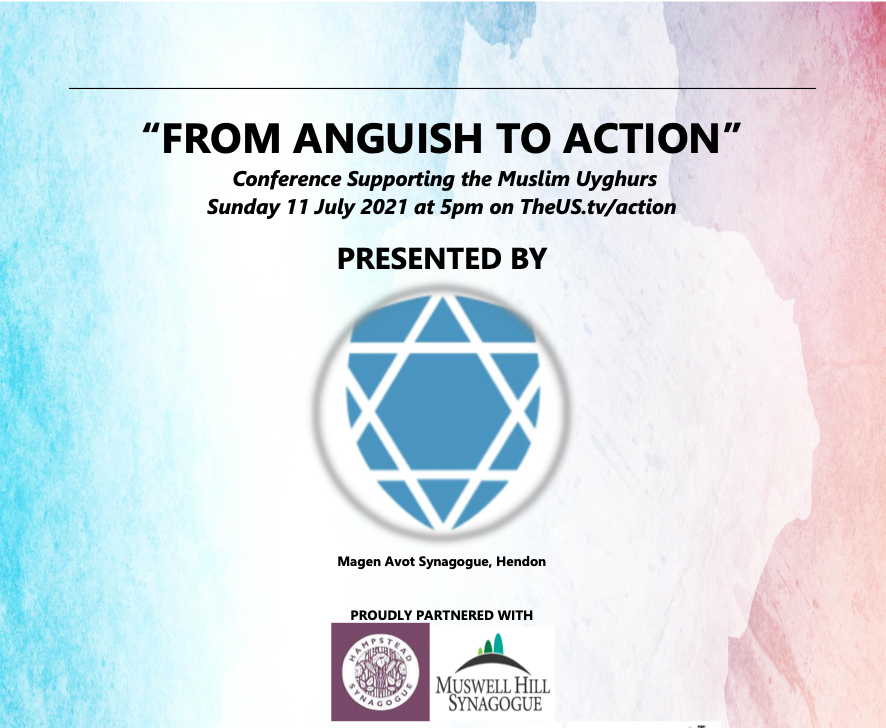(RUSI) – Egypt’s Muslim Brotherhood has blindsided the West, and appears as a pluralistic movement. As a result, the US National Security Council has emphasised that the US has not ruled out ‘engagement with the Muslim Brotherhood as part of an orderly process’.1 Yet the Brotherhood is locked in endless debate between those who aspire to instant jihad − citing Mohammed’s small armies defeating much larger ones as in the battles of Badr and Uhud − and others who advocate a multi-generational process of ‘da’wah’ (persuasion via example and preaching), as well as deception. Some analysts look to Islam’s past traditions to prove this point. Strategies can involve the use of concepts such as ‘taqiyyah’, a process that includes lying to enemies to conceal one’s true intentions, which Raymond Ibrahim claims is widespread in the Islamic world. Forms of taqiyyah can include collaboration with the enemy or ‘hudna’, a ceasefire that provides organisations like Hamas time to replenish their weapons stocks. The ultimate objective is the attainment of power.
Da’wah and taqiyyah were strategies employed by the Iranian revolutionary Ayatollah Khomeini in the late 1970s in his dealings with the United States. Khomeini shrewdly echoed what the international community wanted to hear and spoke of pgge4nder equality and thepvgio8 lation of human rights by the Shah. History will recall how Khomeini later proceeded to brutally purge all those who had previously constituted his coalition to advance his Islamist agenda. Thus Khomeini laid down the blueprint that has been followed by Islamist groups across the Middle East: the more distant from power, the more moderate and democratic their rhetoric. The greater their proximity, the more openly anti-Western and undemocratic their agenda becomes.
Read Full Article: RUSI Newsbrief_March_2011_Seener
Barak Seener is the CEO of Strategic Intelligentia and a former Middle East Fellow at the Royal United Services Institute (RUSI). He is on Twitter at @BarakSeener.




